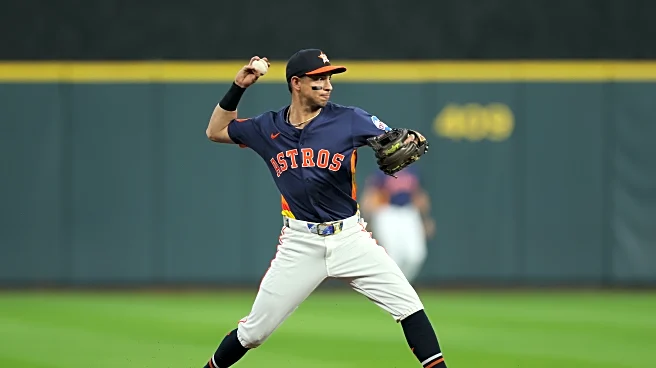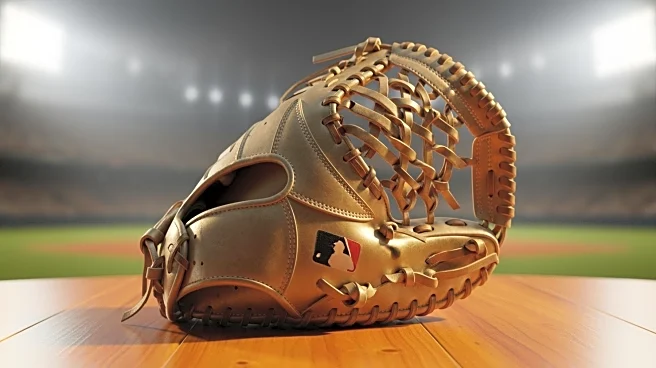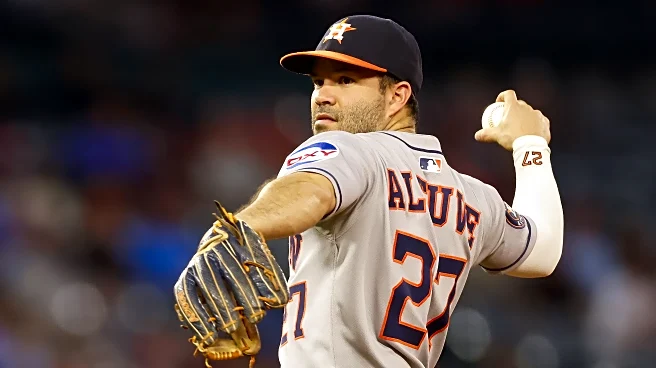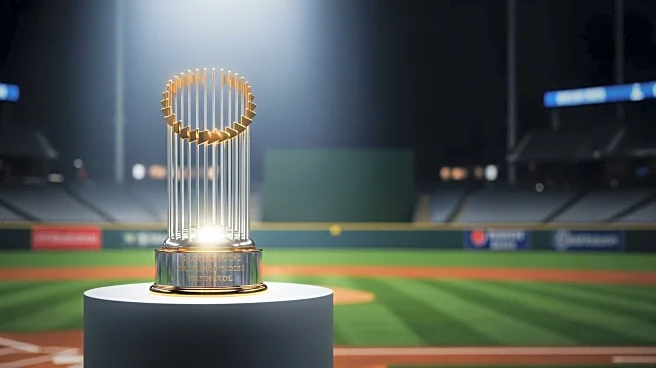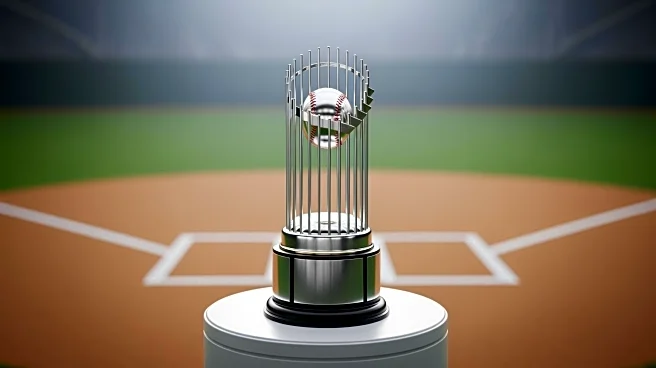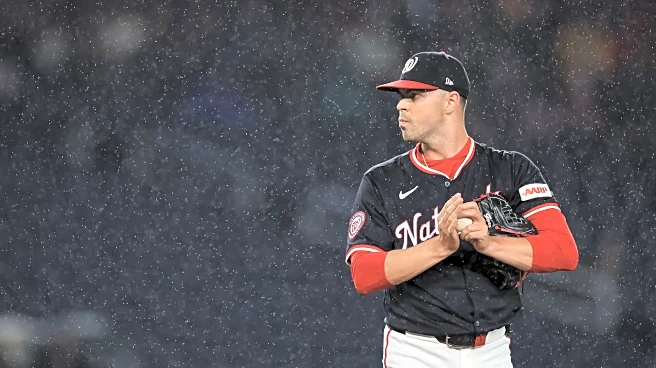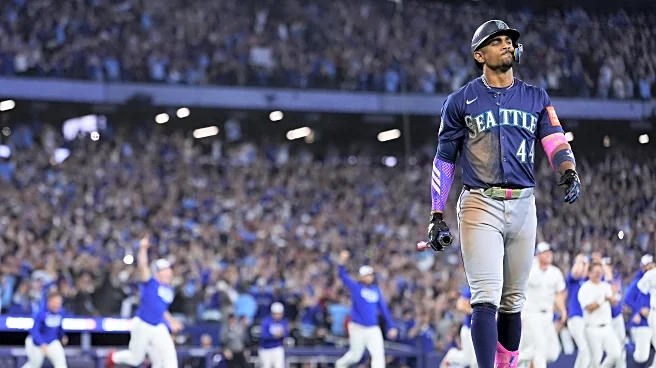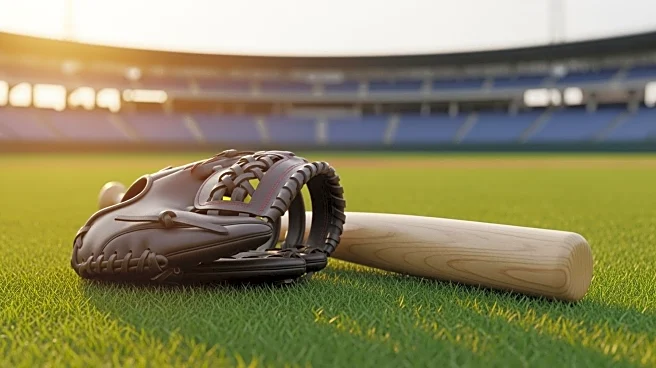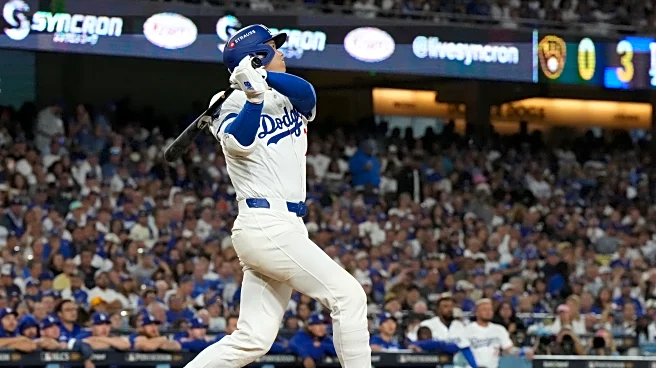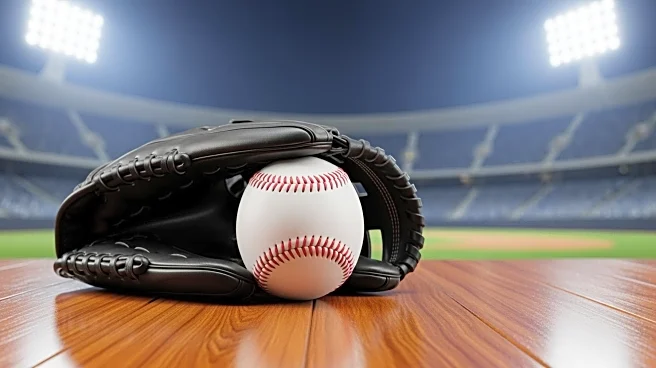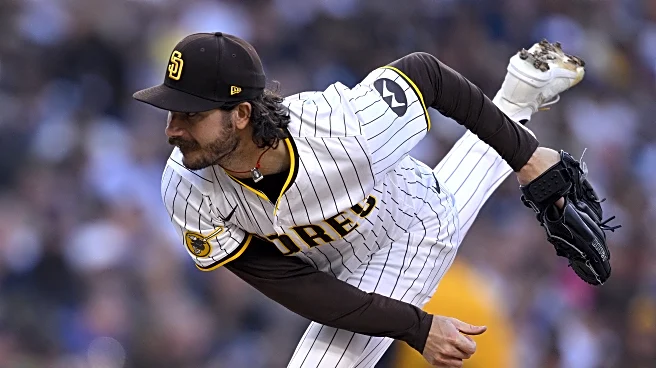You could certainly argue that the Astros have an expensive yet inefficient roster. And I would agree with that assessment. Including projected raises in arbitration, the organization is projected to have around
$16 million under the first tax threshold of $244 million for the upcoming 2026 season. That number will almost certainly change, most likely increase, as a handful of players may not be tendered contracts for next year. We can certainly speculate who that could be. There’s also an infield logjam, specifically at first base, that seems destined to be resolved either by trading Isaac Paredes or Christian Walker. Sure, you could move Paredes to second, but how practical is that option considering Paredes’ current defensive skillset, even with an offseason of preparation?
First base will eventually work itself out, though. How? When? No idea. But we can speculate about other areas of the roster, at least for now. One reason I consider this an inefficient roster at the moment is the redundancy at certain positions. Again, first base. That’s obvious. Carlos Correa removes Paredes from any third base consideration. Jose Altuve and Yordan Alvarez are basically confined to left field or designated hitter if the Astros want to prioritize infield defense at second base. Then there is the utility position, with figures to include Mauricio Dubón and Ramón Urías if both are tendered contracts later in the offseason.
If the arbitration projections from MLB Trade Rumors are relatively accurate, and they typically are, Dubón ($5.8MM) and Urías ($4.4MM) are projected to earn a combined $10.2 million in 2026. For a pair of utility players with some overlap in the infield, that would represent an inefficient use of payroll. As such, I’d be surprised if Dana Brown and the Astros carried both players into next season. But who would they keep? It depends on some factors.
If overall versatility matters more to you, then Dubón has the edge over Urías by a large margin. Other than catcher and pitcher, Dubón appeared in the other seven positions on the field at various points in 2025. Dating back to Dusty Baker and now to Joe Espada, the Astros haven’t been afraid to use Dubón in a variety of roles. He won a Gold Glove in 2023 and was nominated for another one in 2025, both as a utility player. Even if the defensive metrics are a little choppy at certain positions, regardless of Gold Glove status, there is value in that kind of versatility. In fact, that is where Dubón draws most of his value, while Urías needs a more potent bat to help drive his value. Urías’ defensive value is limited to the infield and only at second or third base in recent seasons. Don’t get me wrong, Urías has defensive value at those positions if last year’s metrics indicate anything. But if you want someone to cover multiple positions, Dubón is the obvious choice.
But if bat-to-ball skills matter more, then it is a bit more nuanced. Dubón may not replicate his 2023 season, when he hit 10 home runs and had a 97 wRC+. You’ll likely see more of the same from the past two seasons, with a wRC+ hovering somewhere between 80 to 90 and up to seven or eight home runs at most. Urías, for his career, is slightly above a league-average hitter who offers a little more power and on-base capabilities. While the former Oriole wouldn’t have solved this lineup’s overall struggles, and he didn’t after he was acquired, it does stand to reason that across a full season, a slightly above-average bat with more pop would’ve helped. Both players are already 31, so you’re likely not to see any massive improvements in their last season of team control. But, for 2026 purposes, the downside risk for the long term isn’t that much of a concern.
Then there is the rest of the roster. For Dubón, his playing time would hinge on how Jacob Melton and Zach Cole impact the outfield depth chart. If either were to assume a larger role, it might confine Dubón more to the infield, backing up whoever plays second base, Jeremy Peña at shortstop, and Carlos Correa at third base. For Urías, there isn’t the same concern about the outfield situation if he is the main utility option, as he is limited to the infield. But you can see why, under a scenario that the outfield is composed of some combination of Jake Meyers, Cam Smith, Melton, Cole, and some combination of Altuve and Alvarez, that there wouldn’t be many opportunities for Dubón.
For the Astros, at least in terms of payroll, the $1.4 million difference in their projected arbitration salaries isn’t a non-factor, but likely not a deterrent. All things considered, I’d be surprised if Dubón isn’t back next year. I think the organization values his positional versatility highly, especially after a season in which injuries were rampant. While I wouldn’t expect an exact repeat of that rate of IL stints, he offers the most flexibility of any player on the 2025 roster and presumably so for 2026. That’s valuable in its own right. While I really like what Urías offers as a utility player, specifically raising the floor at the plate, there isn’t enough room on the roster for him at over $4 million. I’d keep him if it weren’t for Dubón, to be honest. But those resources can be allocated elsewhere on the roster, given the greater needs at the moment.
